Deen Rawlins-Harris: The first question I have is, how did we create the festival during the summer of 2023 and spring 2024? Let's start with the summer.
Antionne Showels II: We started coming up with the festival last summer at the Vortex. We didn't know what Fusebox was, but you told us we were making a teen youth festival. Every day, little by little, we came up with plans for the festival, thinking about what kids would like. It didn’t end up being what we had thought it would be, but it still ended up being very good at the end. But I felt like just us being kids and our mindset, we had open minds about everything, and that’s how we came up with the festival.
Priya Thoppil: We started by making lists of different categories like food, sports, art, and activities. Then, we decided along with the budget what we could realistically have at the festival We spent a lot of time discussing and voting on what would be best and supported by our budget. We each had a task of researching equipment and other needs, filling in the budget spreadsheet. We found some funding, although not as much as we wanted, but we ended up not spending all of it.
Bailee Fisher: We had to figure out if it was accessible and had everything needed for everybody and that we could afford it.
Deen: Yes. Our budget was tough to come up with. Do you remember some of the activities we did to create the budget or come up with ideas for the events?
Antionne: You gave us index cards, and we wrote down ideas. After we got done, we met up, read them aloud, and put them into categories. That’s how we came up with all our ideas. We went into our own spaces, researched the main stuff we wanted, met back, and told you how much it cost. We just went on from there.
Deen: I remember pretending to be the budget and having a conversation with you all. Did that activity help you comprehend the budget differently?
Bailee: I remember some of it. We got to ask you questions and make it less serious. Still, it was hard to figure out and stick to the budget while having things we wanted at the festival.
Deen: How did you figure out how to make it less complicated?
Antionne: By researching the things you want. And finding different costs for things.
Deen: We had to research people and organizations involved. Who were some important people or organizations involved in this process, and how did they help you create the festival?
Antionne: The University of Texas at Austin and Fusebox were a big part because they were our source of funding.
Priya: I don’t specifically remember their names, but some organizations did exercises with us. There was a group of teenagers running a school program. They helped us navigate the process of the festival.
Deen: That was Creative Action Youth Theater Ensemble. They helped us think about how to facilitate presentations in an engaging way. Do you remember Jamie Sullivan, the occupational therapist, who came in with the accessibility work?
Bailee: Yeah. He helped us with creating a quiet zone for people.
Priya: Oh yeah, he played a game with us too. We did the guided walks and talked about what it felt like to have someone support you.
Antionne: That helped us think about having volunteers and hosting people. Making sure people felt included.
Deen: How did the games help us work through the process?
Antionne: They took our mind off things, making it easier to work.
Deen: Do you remember when we had days off to rest and chill? How was that?
Priya: It helped us to know that we could rest. The rest helped us brainstorm what we wanted at the festival.
Bailee: With my computer at home, it helped me find materials and locations for the festival.
Antionne: It was easier to do research at home, definitely.
Deen: What were the fun parts of this job for you?
Antionne: Playing games.
Priya: It was a fun environment, which helped us be open about what to include in the festival.
Deen: Were there any parts of the job that were hard?
Antionne: It was pretty balanced because you gave us time to decompress while still doing work.
Deen: Priya, Bailee, do you agree?
Bailee and Priya: Yes.
Deen: Did you learn about yourself while working on this project?
Antionne: I learned about work-life balance and what I want in a job.
Bailee: I learned that if something was hard, I would switch to something else, like we did with research.
Priya: I learned how to budget and plan, which were new skills for me.
Deen: Did you learn you were good at any of those skills?
Priya: I liked budgeting.
Antionne: We got better at research.
Deen: Can you describe some of the research we did?
Bailee: Researching buildings. I didn’t know about any of them until I researched them.
Antionne: I didn’t know you needed to adhere to the Americans with Disabilities Act (ADA) for a building, making it accessible for everybody.
Deen: How was presenting the festival to your community, family, and random people?
Bailee: It was cool because everyone thought it was a great idea and was willing to help.
Antionne: Presenting gave me a better look at adult life. We practiced enough that it took a big weight off our chest.
Priya: It was a big project, so it was good to present it and know we created something monumental.
Deen: What was it like having to come up with mission statements and values?
Antionne: Preparation helped. When adults asked questions, we already knew the answers.
Deen: How was it different working with adults in this way compared to other experiences?
Antionne: Everyone was friendly, making it easier to do anything.
Bailee: It was easier because if I needed help, I could ask without waiting or raising my hand.
Priya: It was different because they’re not our age, but they helped us figure out things like budgeting and accessibility.
Deen: Did you have to stand up for your ideas or compromise with adults?
Priya: Maybe accessibility was a big one, making sure everything was accounted for.
Deen: Yeah, I remember trying to get American Sign Language (ASL) interpretation and working through that and being told we could not get it unless someone requested the service directly. Were there other times you had to stand up for ideas or felt listened to?
Bailee: Changing locations to ensure accessibility was appropriate. We didn’t get to be in the space we wanted at the end. And our new site had accessibility issues, but we shifted to make sure all our activities happened in spaces that were accessible to everyone.
Deen: Speaking of shifts, how did you notice your work shift in the spring when we were actually building the festival compared to the summer when we were planning and proposing our initial ideas?
Bailee: In the summer, we were in person a lot. In the spring, we were on Zoom, making it easier.
Antionne: I think we did all the hard work in the summer. Coming up with mission statements, learning about what a festival and producing was. We had to work every day and really get a solid plan together for our event. There were lots of details. In the spring, we were just researching and reaching out to people to come and be in it.
Priya: We built the base of the festival in the summer and completed our work on it in the spring. Especially finding the artists. That got me a little worried. Reaching out and communicating with bands was the hardest part because of time constraints

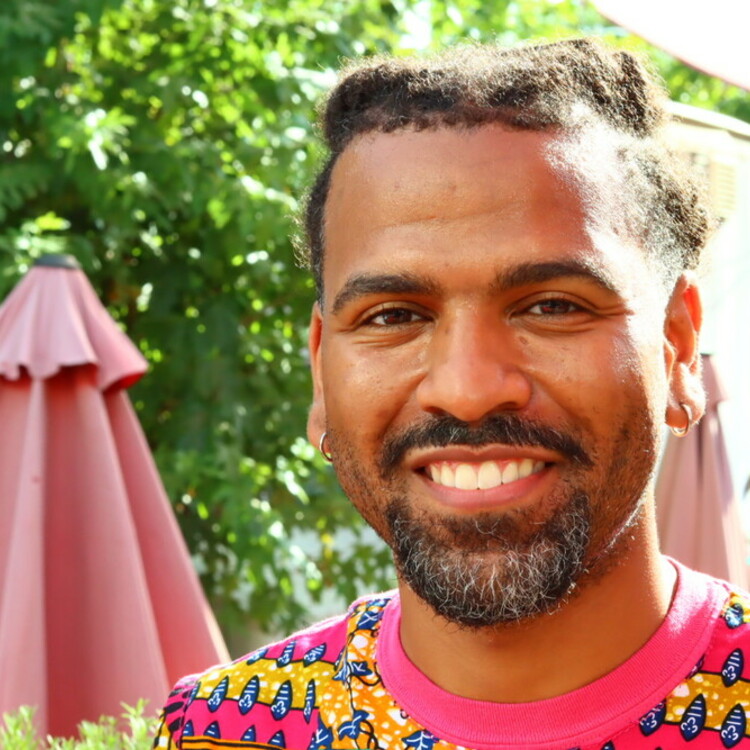
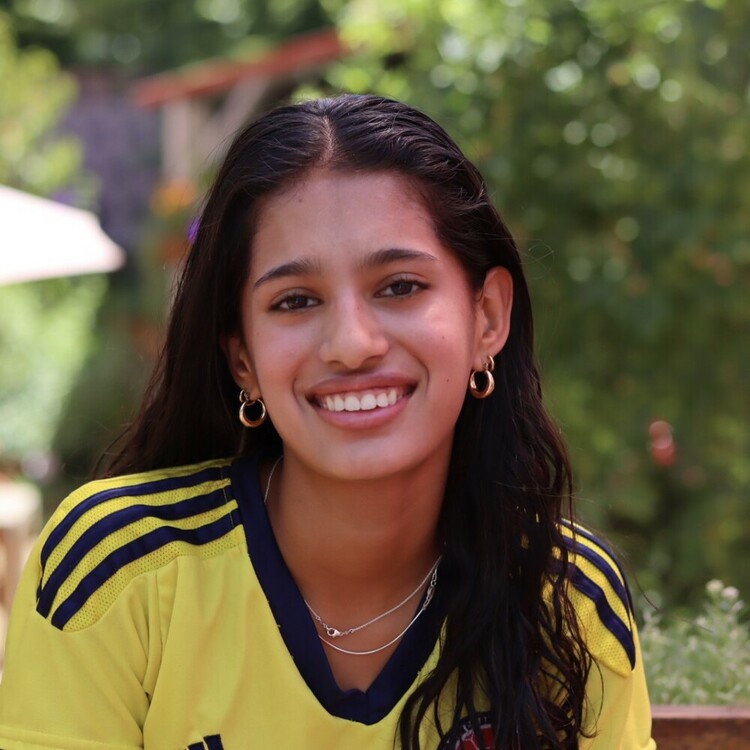
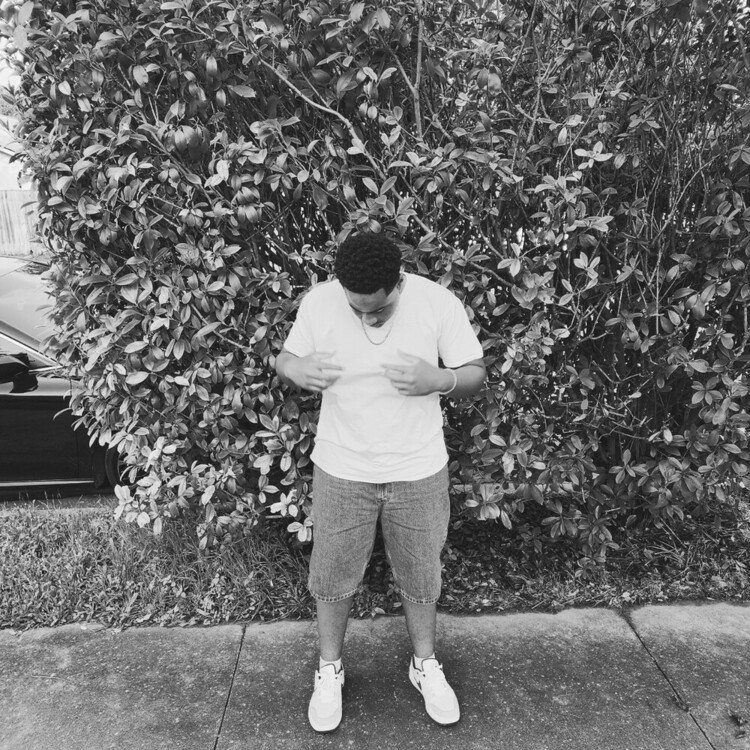

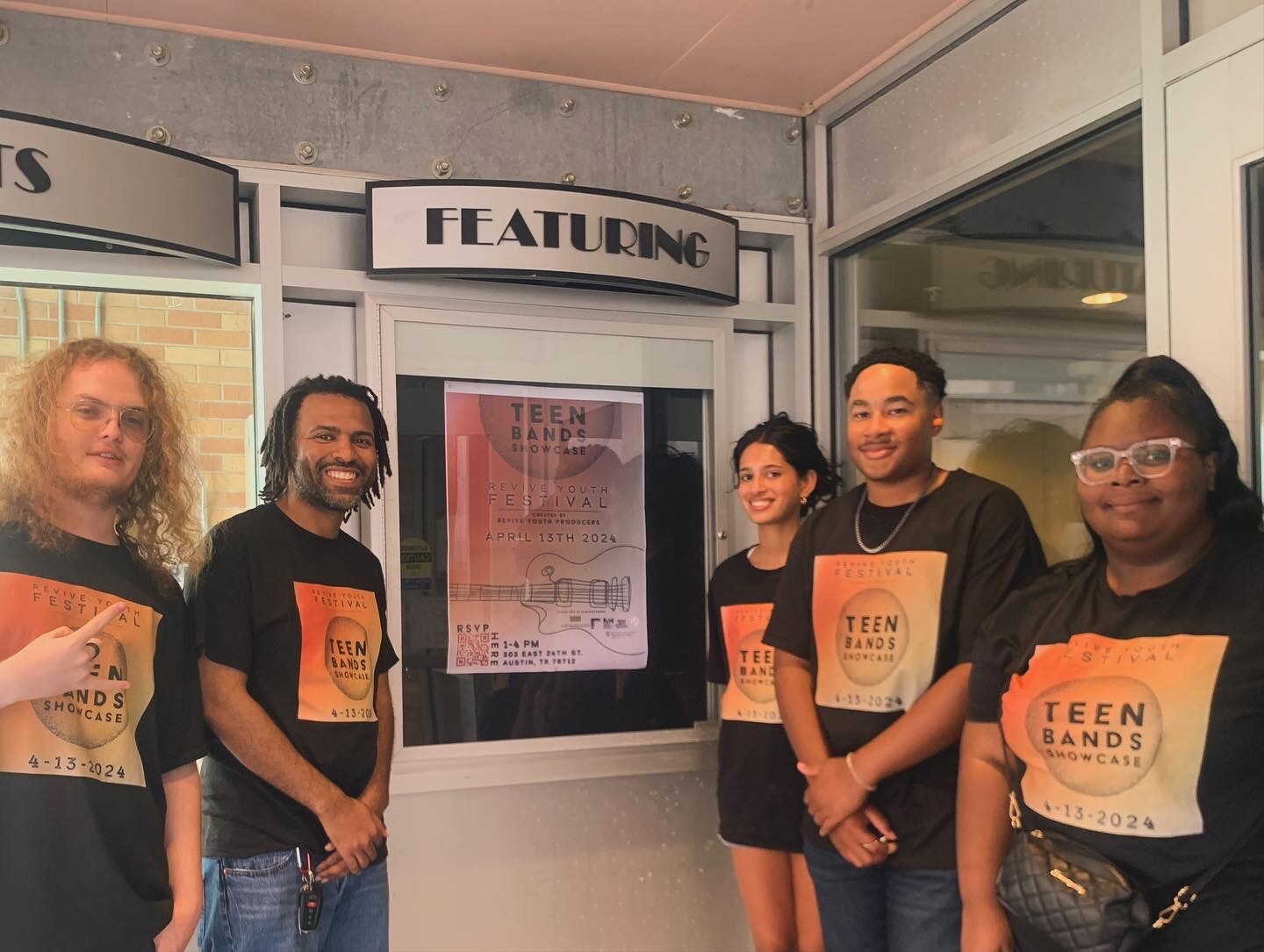

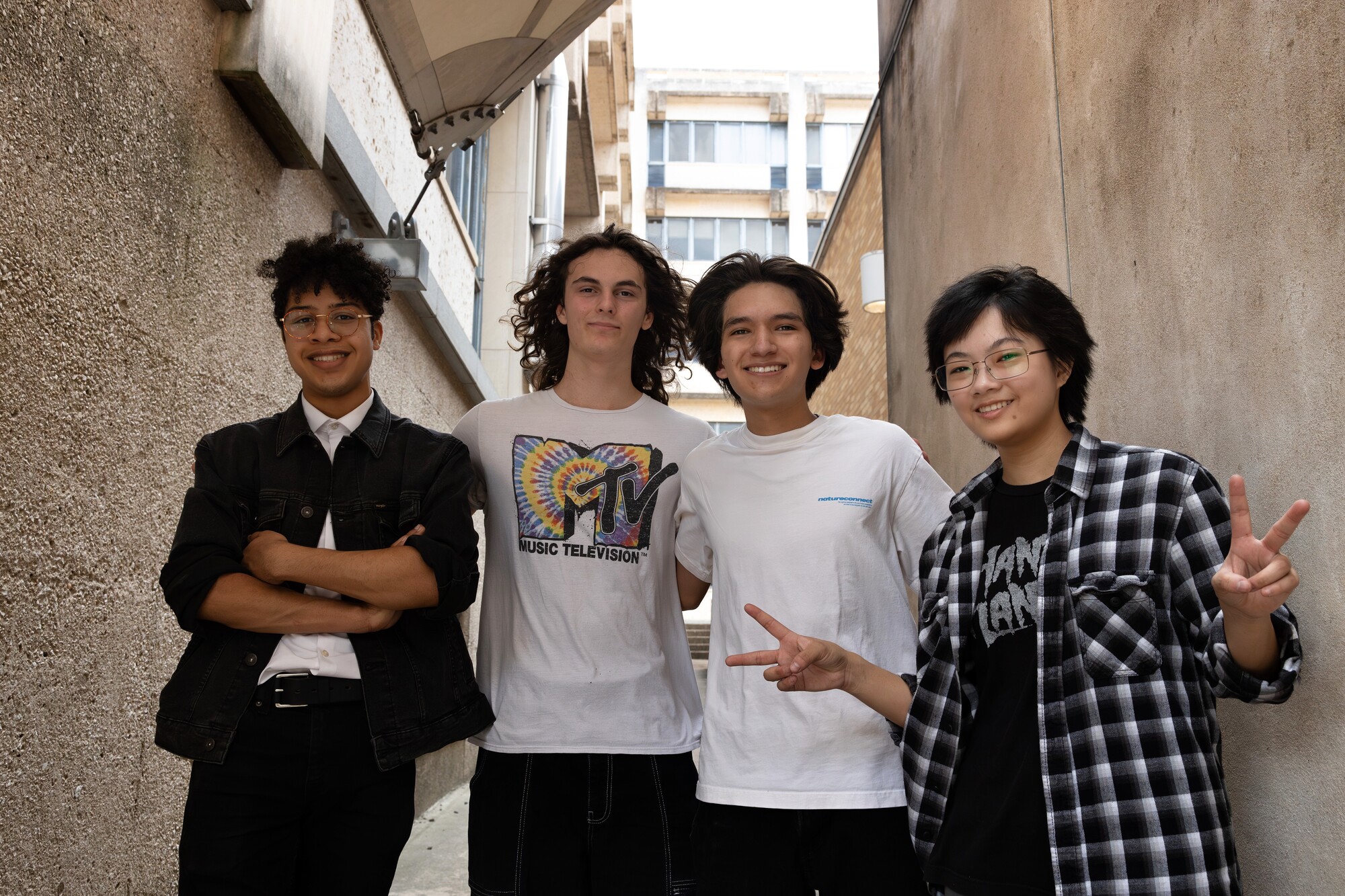
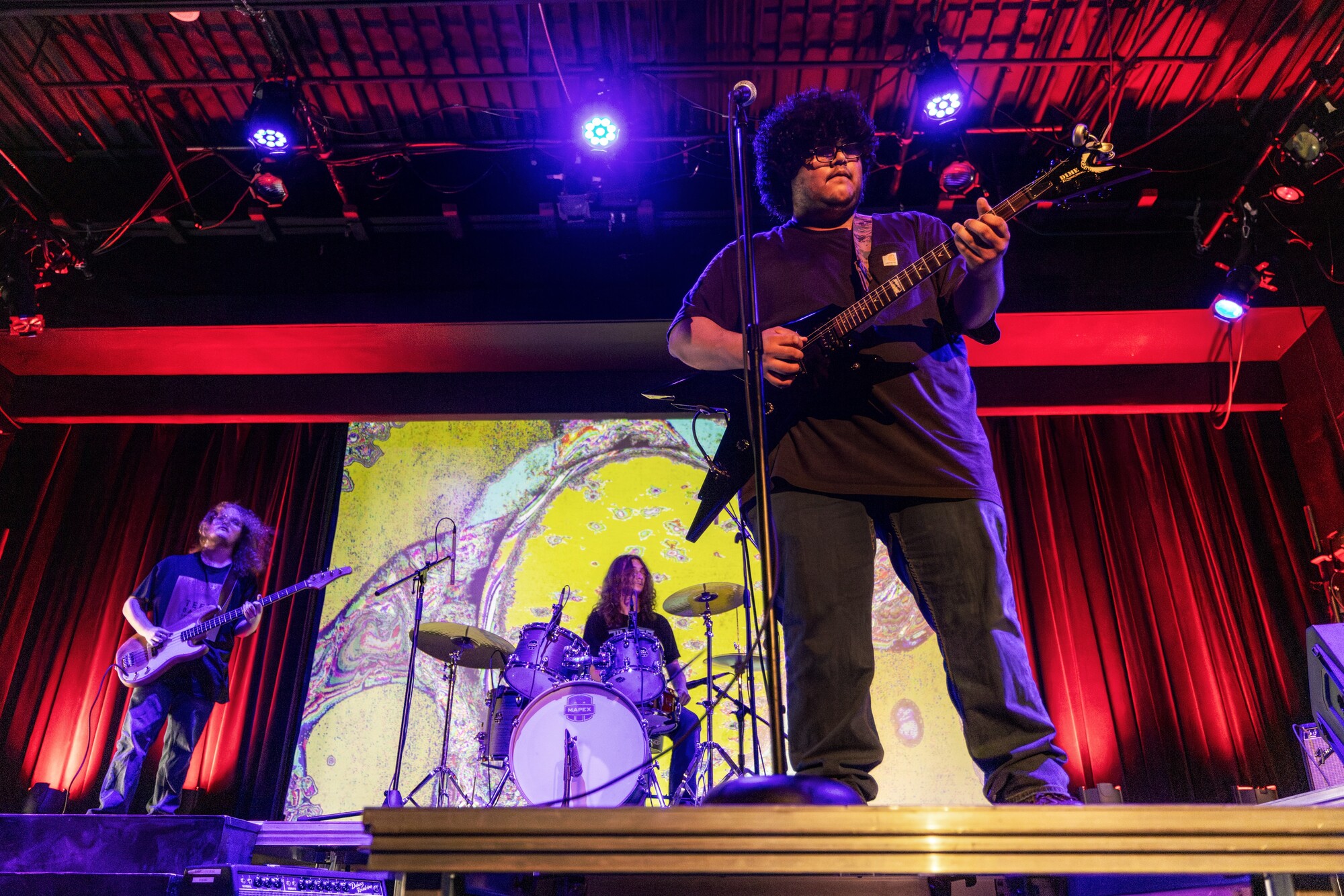
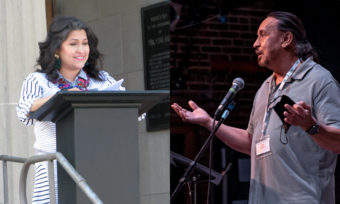


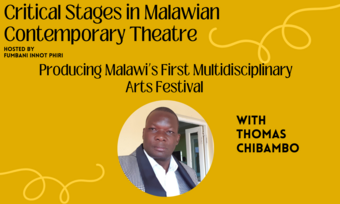


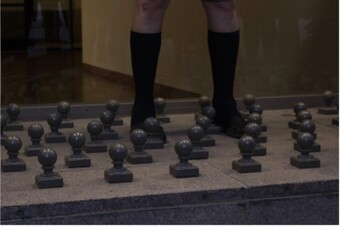


Comments
The article is just the start of the conversation—we want to know what you think about this subject, too! HowlRound is a space for knowledge-sharing, and we welcome spirited, thoughtful, and on-topic dialogue. Find our full comments policy here